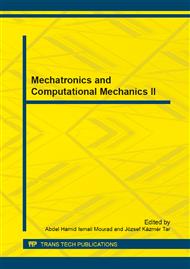p.121
p.130
p.134
p.140
p.146
p.152
p.156
p.162
p.167
Numerical Studies on the Performance of Saccardo Ventilation System in Emergency Fire Scenarios
Abstract:
In this study, the influence of volumetric flow rate and inclination angle of air jet is evaluated on the performance of a Saccardo ventilation system in a straight rectangular tunnel in case of fire. Simultaneous effects of volumetric flow rate and inclination angle of jet exiting the Saccardo nozzle on the behavior of smoke plume is considered by studying the structure of velocity profile before the fire source. It is found that this factor has a remarkable influence on the behavior of smoke plume and therefore, on the temperatures experienced near the fire. Besides, the influence of tunnel slope on the performance of the Saccardo system to sweep the plume is investigated. It is shown that the slope effect on the behavior of smoke plume and temperature profiles is completely different for locations before and after the fire, in both negative and positive slopes. Finally a range of volumetric flow rates and inclination angles is proposed as the optimized range of performance in an emergency fire scenario.
Info:
Periodical:
Pages:
146-151
Citation:
Online since:
February 2014
Authors:
Keywords:
Price:
Сopyright:
© 2014 Trans Tech Publications Ltd. All Rights Reserved
Share:
Citation:


